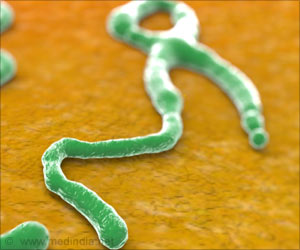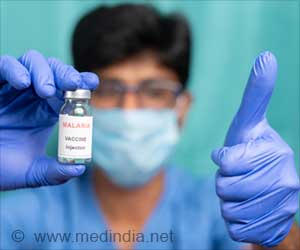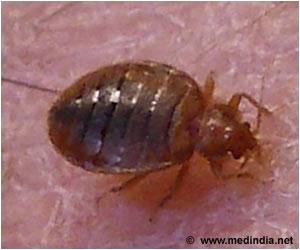Egypt was in the clutches of elephantiasis or lymphatic filariasis (LF) as it is officially called by the medicos for a long time.
Egypt was in the clutches of elephantiasis or lymphatic filariasis (LF) as it is officially called by the medicos for a long time. An autopsy on the 3,000-year-old mummified body of Natsef-Amun, an Egyptian priest during the time of Ramses XI, revealed the presence of filarial worms. It is one of the world's most disfiguring diseases. This condition is caused by a microscopic parasitic worm spread by mosquitoes.
The symptoms are grotesquely swollen limbs, as well as fevers and pain. researchers reported in the Lancet medical journal that this disease incidence can be reduced effectively by giving two drug to the people in affected communities once a year for five years. This would completely eliminate the disease. Hence global campaign against LF, have been started in Egypt also and other parts of the tropics. The problem of LF became markedly worse in Egypt during the 1970s, following construction of the Aswan High Dam. The government was one of the first to adopt a new World Health Organization-recommended mass drug administration strategy.Gary Weil of Washington University in St. Louis, Missouri, and Reda Ramzy of Ain Shams University, Cairo, surveyed villages in two area of Egypt and found that all measures of infection and transmission fell sharply with drug use. Weil said that the aim of the Egyptian campaign to eliminate LF, which was implemented by the Egyptian Ministry of Population and Health, has achieved its goals in most areas of the country. The mass drug administration programme mainly involved the administration of diethylcarbamazine plus albendazole. This drug was donated by British-based GlaxoSmithKline Plc.Chief executive Jean-Pierre Garnier.







